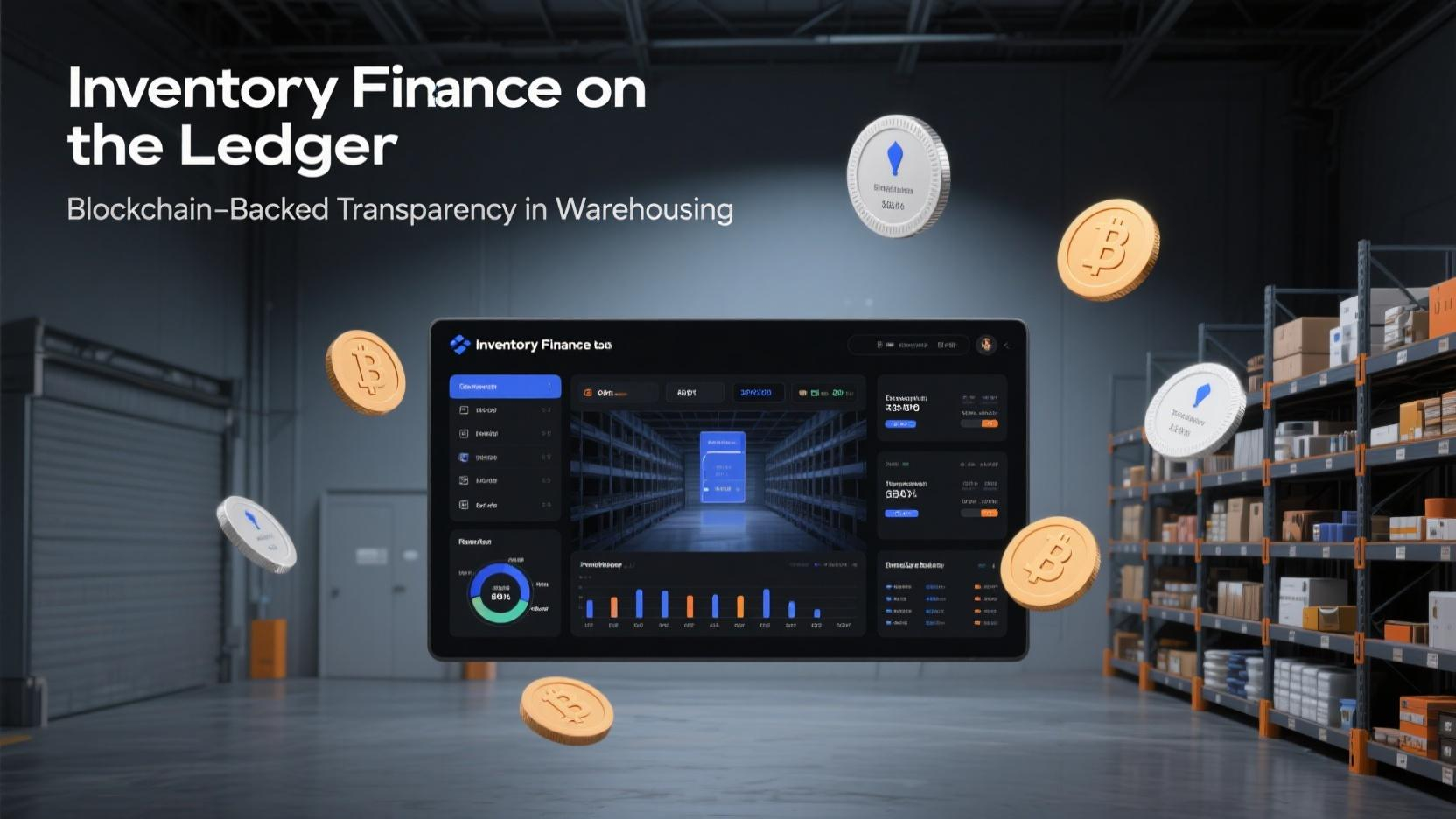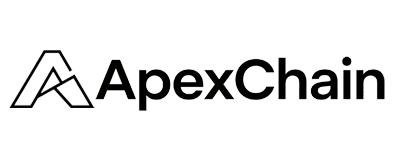From Dusty Warehouses to Digital Trust: Reinventing Collateral in Supply Chains
Inventory financing has long been a lifeline for businesses with valuable goods locked in warehouses. Yet in many emerging markets, the system remains opaque, paper-based, and vulnerable to fraud — with lenders hesitant to accept warehouse receipts as reliable collateral.

Now, blockchain is reshaping the game by introducing transparent, tamper-proof inventory finance models.
The Problem: Trust Deficit in Warehousing
Traditional warehouse receipts suffer from:
Forgery or multiple pledges on the same goods
Delayed updates in inventory status
Limited visibility for third-party lenders
These risks force banks to either decline warehouse-backed loans or impose high interest rates — especially for SMEs.
Blockchain Brings Real-Time Inventory Integrity
Platforms like Skuchain, CargoX, and TradeLens (before its sunset) have pioneered blockchain-backed inventory tokenization. Now, startups in India, Brazil, and Kenya are extending the model:
Goods stored in certified warehouses are digitally registered on a permissioned blockchain.
IoT sensors track quantity, condition, and movement, streaming data on-chain.
Smart contracts enforce automatic lien registration and lock duplication.
Each unit of inventory becomes a digitally tradable asset, trusted by both borrowers and lenders.
Case Study: Grain Storage in East Africa
A cooperative in Tanzania, working with a blockchain logistics startup, began tokenizing maize stored in regional warehouses. Each bag is linked to:
A geotagged record
Moisture/humidity sensor data
On-chain ownership credentials
With these credentials, farmers secured short-term loans from a regional bank 48% faster than through traditional routes — with a 30% lower interest rate due to reduced collateral risk.
“Now the grain speaks for itself,” says Julius Ndugu, a cooperative manager. “The bank trusts the system more than they ever trusted our paperwork.”
Challenges and Outlook
Standardization of digital warehouse receipts across regions
Onboarding costs for small-scale warehouse operators

Regulatory clarity on tokenized physical goods as collateral
But momentum is growing, with national commodity boards and agri-fintech players exploring blockchain-backed collateral registries as public infrastructure.
Key Takeaway
Blockchain is turning dusty warehouses into digital vaults. By validating the value of what’s inside — in real time — it’s creating a new wave of transparent, secure, and scalable inventory-backed finance.
